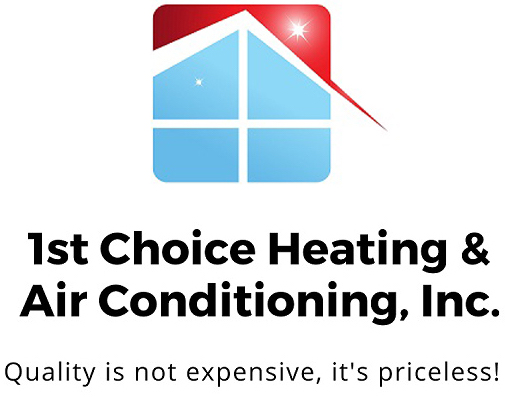
You shouldn’t be forced to give up comfort or empty your wallet to keep your home at a pleasant setting during summer weather.
But what is the best temp, exactly? We discuss suggestions from energy pros so you can select the best temperature for your family.
Here’s what we recommend for the most energy-efficient setting for air conditioning in Mission Viejo.
Recommended Thermostat Settings for Summer
Most households find placing the thermostat at 72-73 degrees is ideal. However, if there’s a major difference between your interior and outside temperatures, your utility costs will be higher.
These are our recommendations based on the U.S. Department of Energy (DOE) and ENERGY STAR®.
While at home: 78 degrees. While that seems hot, there are ways you can keep your home refreshing without having the air conditioning going all the time.
Keeping windows and window treatments closed during the day keeps chilled air where it should be—within your home. Some window coverings, such as honeycomb shades or plantation shutters, are created to deliver more insulation and improved energy savings.
If you have ceiling fans in your home, the DOE says you can move thermostat settings about 4 degrees higher without sacrificing comfort. That’s because they freshen by a windchill effect. Because they cool people, not spaces, turn them off when you move from a room.
If 78 degrees still appears too uncomfortable at first glance, try running an experiment for approximately a week. Start by upping your thermostat to 78 degrees while you’re home. Then, gradually decrease it while adhering to the suggestions above. You may be amazed at how refreshed you feel at a warmer temperature setting.
While away: 88 degrees. There’s no reason to keep the AC running all day while your home is unoccupied. Turning the temperature 7–10 degrees higher can save you an estimated 5–15% on your cooling expenses, according to the DOE.
When you get home, don’t be tempted to switch your thermostat under 78 to cool your house more quickly. This isn’t productive and usually leads to a bigger cooling expense.
A programmable thermostat is a good way to keep your temperature under control, but you need to set programs. If you don’t utilize programs, you risk forgetting to raise the set temperature when you go.
If you’re looking for a convenient solution, think about installing a smart thermostat. This thermostat works with with your phone, so it is aware when you’re at your residence and when you’re away. Then it instinctively modifies temperature settings for the best savings. How much exactly? Usually $180 annually on heating and cooling, according to ENERGY STAR.
Another advantage of installing a smart thermostat? You can use your phone to keep an eye on and adjust temperature settings from nearly anywhere.
While sleeping: Around 70 degrees. While ENERGY STAR advises 82 degrees, that may be unbearable for many families. Most people sleep better when their sleeping space is chilly, so that’s why the National Sleep Foundation suggests 60–67 degrees. But that may be too cold, based on your pajama and blanket preference.
We advise following a similar test over a week, setting your temp higher and gradually turning it down to select the best temp for your house. On cool nights, you could find keeping windows open at night and using a ceiling fan is a superior option than running the AC.
More Ways to Use Less Energy During Hot Weather
There are added methods you can conserve money on utility bills throughout warm weather.
- Buy an energy-efficient AC system. Central air conditioners only work for about 12–15 years and lose efficiency as they age. A new air conditioner can keep your home cooler while keeping utility costs down.
- Book regular air conditioner tune-ups. Routine air conditioner maintenance keeps your unit running smoothly and might help it operate at greater efficiency. It might also help lengthen its life span, since it helps technicians to pinpoint small troubles before they lead to a major meltdown.
- Switch air filters regularly. Read manufacturer instructions for changing your air filter. A dusty filter can cause your system to short cycle, or run too often, and raise your cooling.
- Measure attic insulation levels. Almost 90% of residences in the USA don’t have enough insulation, according to the Insulation Institute. The majority of southern climates should have 13–14” of attic insulation, while northern climates should have 16–18”.
- Have your ductwork inspected. Ductwork that has separated over time can let cool air into your attic, walls or crawl space. This can lead to huge comfort troubles in your residence, including hot and cold spots.
- Seal cracks, doors and windows. Keep warm air where it belongs by closing holes. You can also caulk or weather strip doors to trap more cool air within your home.
Save More Energy During Hot Weather with 1st Choice Heating & Air Conditioning
If you need to use less energy during warm weather, our 1st Choice Heating & Air Conditioning professionals can help. Get in touch with us at 949-762-8644 or contact us online for extra information about our energy-saving cooling products.
